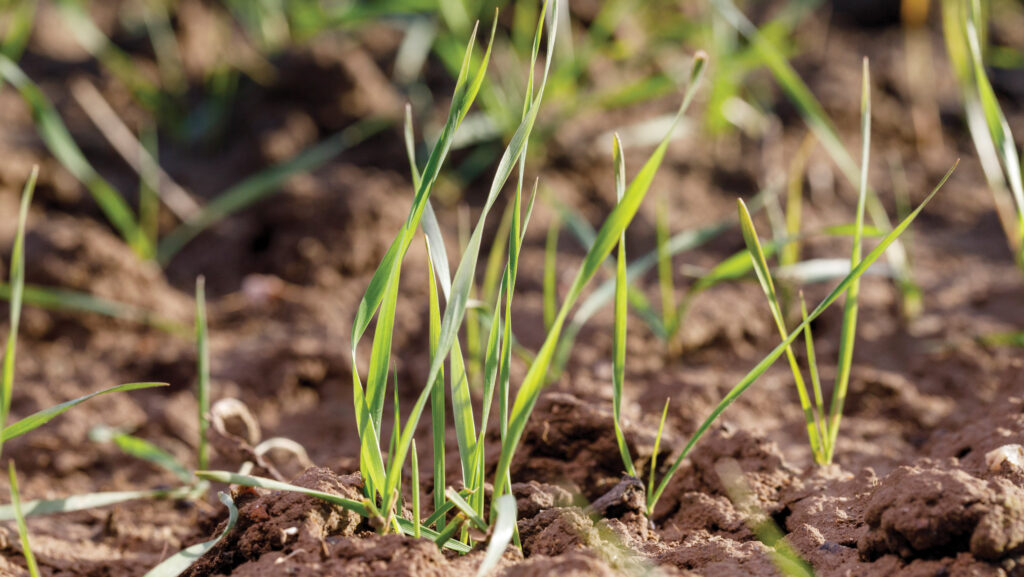Milling wheat premium falls to £26/t as imports flood market
 © GNP
© GNP Milling wheat premiums have dwindled so far during the 2024-25 crop year and stood at just £26/t over feed wheat on 12 February.
This compares to a milling wheat premium of £71.50/t for the same week last year.
Wheat usage by brewers, maltsters, and distillers lifted by 11% during the first half of the 2024-25 crop year.
See also: Cefetra invests in high-tech grain sorter
In contrast, the total volume of wheat milled at flour millers in the UK was back by 6% during the same time period, at just under 3m tonnes.
There was also a significant shift in where wheat originated from, with an 18% fall in volume of home-grown wheat being used and a 50% increase in the use of imported wheat.
This means that imports accounted for almost 30% of volumes so far this year, well above the industry average of 15% each year, as set by the trade body UK Flour Millers.
The trend of greater import volumes looks to be continuing into 2025, with Simon Ingle, head of grain pool marketing at Frontier, saying the UK was the third largest buyer of EU wheat in the last week.
This highlights the present domestic situation of oversupply maintaining further price pressure.
The numbers
- £206.2
Milling wheat average (£/t) - 18%
Fall in volume of homegrown wheat milled in UK in first half of crop year - 50%
Increase in volumes imported wheat milled in UK in first half of crop year
A recent report by UK Flour Millers showed the value of the UK milling industry, with an estimated turnover of £2bn.
UK Flour Millers also claimed to be one of the most productive industries in the UK, with a gross economic value of £141,000 added for each employee.
Gary Sharkey, president of UK Flour Millers and procurement director of Hovis, said: “The findings of this report underline that this is a modern, efficient industry, founded on continuous investment in technology, whether in new mills or the adoption of the latest technology in established sites.
“This investment, allied to our ability to draw in substantial volumes of home-grown wheat, underpins British food security.”
Defra farming minister Daniel Zeichner added that the industry was a key asset, supplying a critical ingredient to the diet and nutrition of the nation, and said it was unsurprising that the report showed it to be one of the most productive sectors in the country.
UK supplies
The AHDB recently published its latest UK cereals supply and demand estimates, which indicated that lower domestic consumption was still outweighed by a reduced availability of wheat.
Imports of wheat are estimated in the report at 2.7m tonnes for the 2024-25 crop year.
The report said: “It is expected that the pace of imports will slow during the latter part of the season, with reports of importers of high-quality milling wheat ‘front-loading’ stocks.”
Global market drivers
The US Department of Agriculture monthly estimates, released on 11 February, had a fairly neutral impact on global grain markets, with slightly larger supplies and consumption, but lower trade.
Global wheats stocks are roughly 20% below last year’s levels at present, according to figures from SovEcon.
Markets continue to be volatile off the back of global tariff disputes in recent weeks and uncertainty remains around the availability of grain from the Black Sea region.
Traders at ADM say wheat markets remain under pressure and reliant on maize for support.
